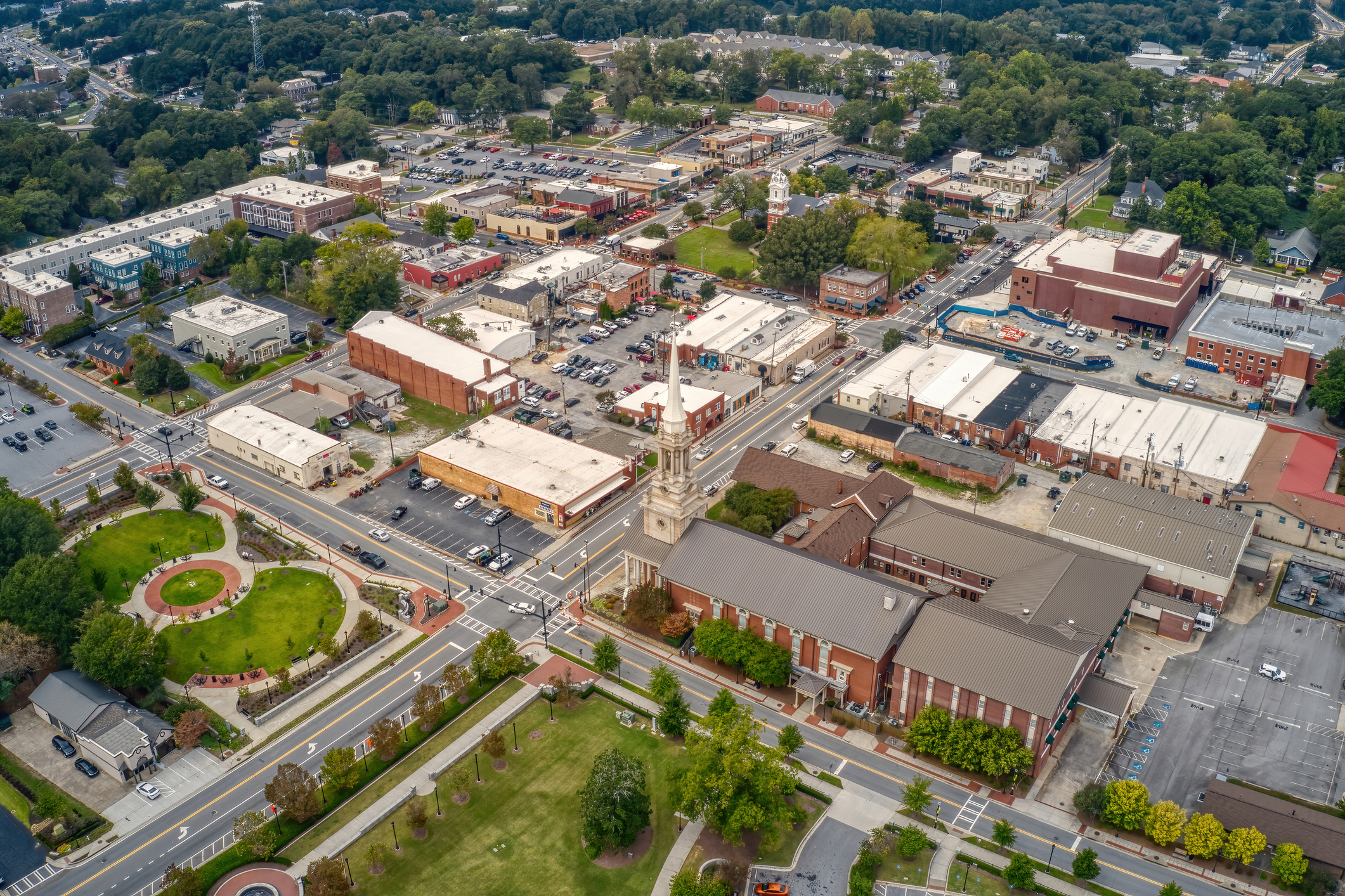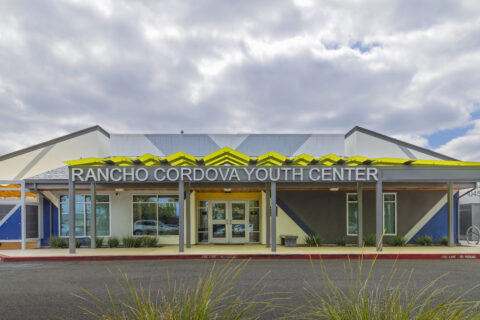Cities of every size face the same question when it comes to funding infrastructure and quality of life projects: How do they fund these efforts without overburdening local taxpayers? For Lawrenceville, Georgia, a suburb of Atlanta with a little more than 30,000 residents, two mechanisms have provided support for long term improvements: their Special Purpose Local Option Sales Tax (SPLOST) and Tax Allocation Districts (TADs).
Lawrenceville utilizes these municipal financing tools to showcase how suburbs can implement growth residents can see. In tying tax funding directly to their community’s priorities, Lawrenceville has not only built trust that tax dollars are being used efficiently, but has been able to advance capital projects, stimulate redevelopment efforts and create processes for resident input.
Utilizing SPLOST for Community Essentials
In Georgia, SPLOST is a 1 percent sales tax local governments can collect with approval from their county’s Board of Commissioners. The revenue is dedicated to capital projects, and cities benefit by using SPLOST funds to invest in essential public resources. According to the Georgia Municipal Association (PDF), these projects can include:
- Roads, Streets and Bridges
- Courthouse or Administrative Buildings
- Cultural, Recreational or Historic Facilities
- Water or Sewer Facilities
- Retirement of General Obligation Debt
- Public Safety or Airport Facilities
- Capital Equipment for Voting
- Hospitals
- Transportation Facilities
Interviewing Keith Lee, Chief Financial Officer for the City of Lawrenceville, he explained that SPLOST has functioned much like a savings plan. Every purchase in Gwinnett County contributes a penny, which collectively funds projects that benefit residents.
Capital planning is at the core of how Lawrenceville is approaching use of their SPLOST funds. Every year during budget season, staff from various city departments propose their portion of the capital improvement plan, which covers the current year and the following five years. These proposals are then reviewed by city council for approval or modifications. Only projects that show clear long-term value and alignment to the community’s needs move forward.
Lawrenceville makes sure to involve the community in this process. Residents are asked to participate in surveys, offer feedback during the planning stages and have the opportunity to testify at public hearings. Additionally, a citizen-led finance committee provides a further layer of guidance and accountability so that projects reflect resident priorities.
Results from the city’s efforts to use citizen tax dollars responsibly can be seen throughout Lawrenceville. SPLOST has funded cultural venues such as the Lawrenceville Arts Center, expanded recreation opportunities with dog parks and playgrounds, improved intersections to boost pedestrian safety and aided in the construction of a new police headquarters. These investments not only improve the daily life of community members but also strengthen Lawrenceville’s identity as a growing city.
Focusing TADs on Future Growth
While SPLOST provides broad support for essential projects, TADs are laser focused on special projects. TADs are Georgia’s equivalent to Tax Increment Financing (TIF); they allow municipalities to fund redevelopment in areas like brownfields, industrial sites or commercial corridors. This starts by identifying the TAD, locking in the existing tax base to act as the tax floor and committing any future taxes exceeding the established base to finance infrastructure, buildings and additional improvements for the designated area.
In Lawrenceville, CFO Lee explained corridors leading into downtown from Highway 316, the College Corridor and Highway 120 were consolidated into a single TAD known as Grizzly Parkway. The decision to combine both was made based on the highways acting as a gateway into the city center with these corridors shaping visitors’ first impressions of the locality. By sending incremental tax revenue back into the parkway, the city hopes to make the surrounding area viable for redevelopment.
CFO Lee explained that Lawrenceville’s intent was not to fund just any project, but to select “A catalyst for redevelopment…a project that can basically trigger momentum for additional redevelopment along that corridor and coming into downtown.” By requiring alignment of private sector or institutional partners with city goals, Lawrenceville was able to make sure the TAD investments underpinned the community identity and didn’t risk compromising it.
A successful example Lee shared was the city’s previous redevelopment of the South Lawn area surrounding City Hall. The municipality granted tax abatements as an incentive for developers, which ultimately supported the creation of mixed-use housing, single-family neighborhoods and a new library. The project transformed the southern portion of downtown. Local leaders see the potential for similar transformation along the corridor with TAD funds helping bridge funding gaps to make new infrastructure projects possible.
Key Insights for Cities
When asked what lessons other municipalities could glean from Lawrenceville’s experience, especially as it relates to suburbs and mid-sized communities, Lee provided these key points:
- Gather Resident Feedback Early in the Process: A city should encourage citizens to become active participants from the beginning, providing transparency in fund allocation.
- Selecting Projects with High Visibility: Choose projects that offer noticeable improvements to parks, sidewalks and civic buildings to help sustain community support.
- Use TADs Strategically: Instead of funding small projects in different parts of the city, utilize TAD funding for developing areas that serve as anchors for larger redevelopment plans.
- Balance Short-Term and Long-Term Impact: Consider mixing quick wins that show visibility in the short term with major capital projects with a longer runway, allowing residents to see both immediate and future value.
- Communicate with Stakeholders: Projects are likely to have delays, but trust can be maintained if residents are informed of the progress and understand why projects take time.
Overall Lawrenceville shows that tax financing can help with more than development funding, they can also build a trusting, growing community. By following the key insights shared with us above, Lawrenceville has turned two funding streams into tangible improvements that will continue to benefit residents in their daily lives for years to come.
Go Deeper
Learn how Chandler became the first Arizona city to earn the top rating from all three major credit rating agencies. This accomplishment reflects decades of hard work through strategic planning, creation of strong financial policies and an ongoing partnership between the legislative and financial divisions of city government.









